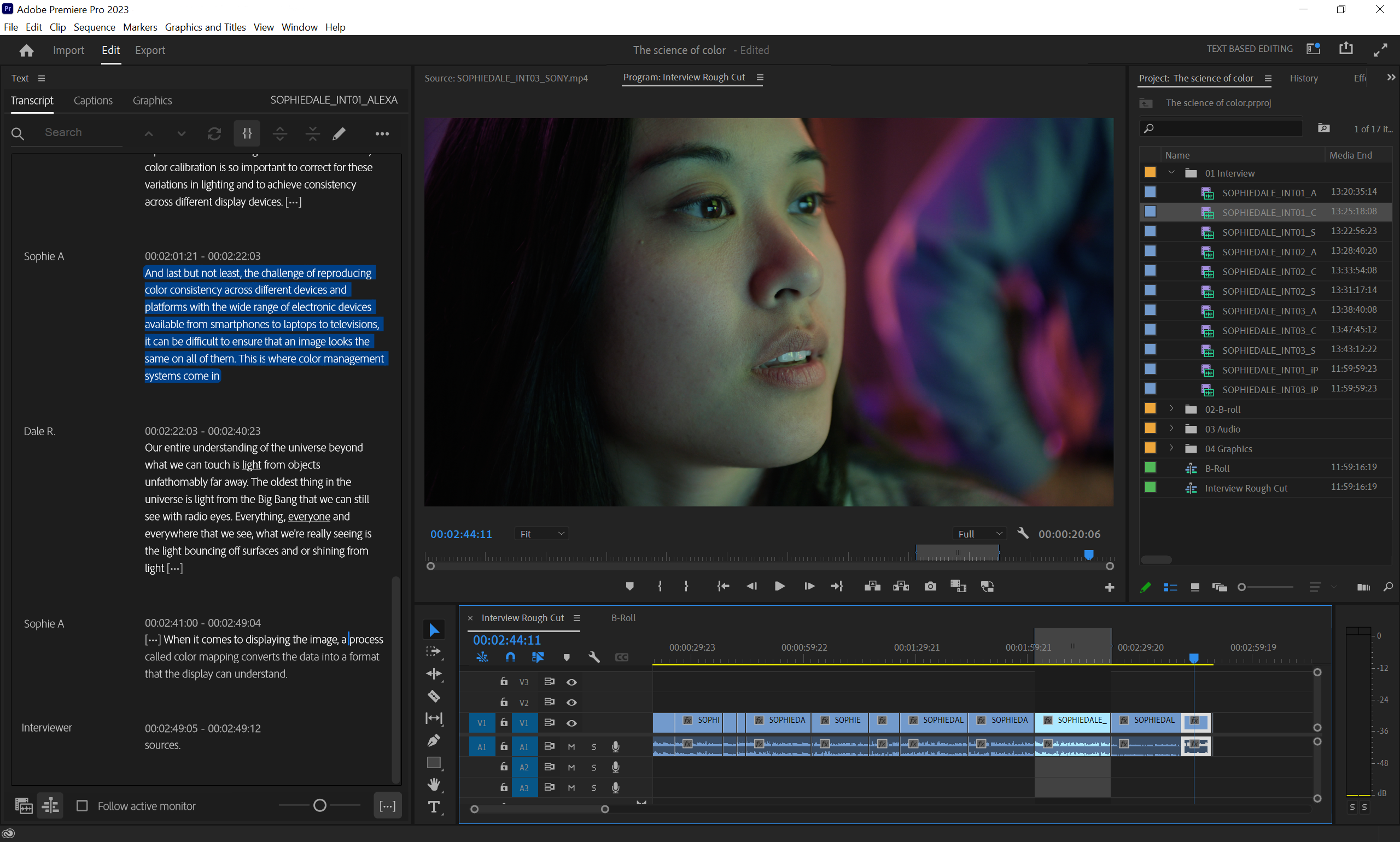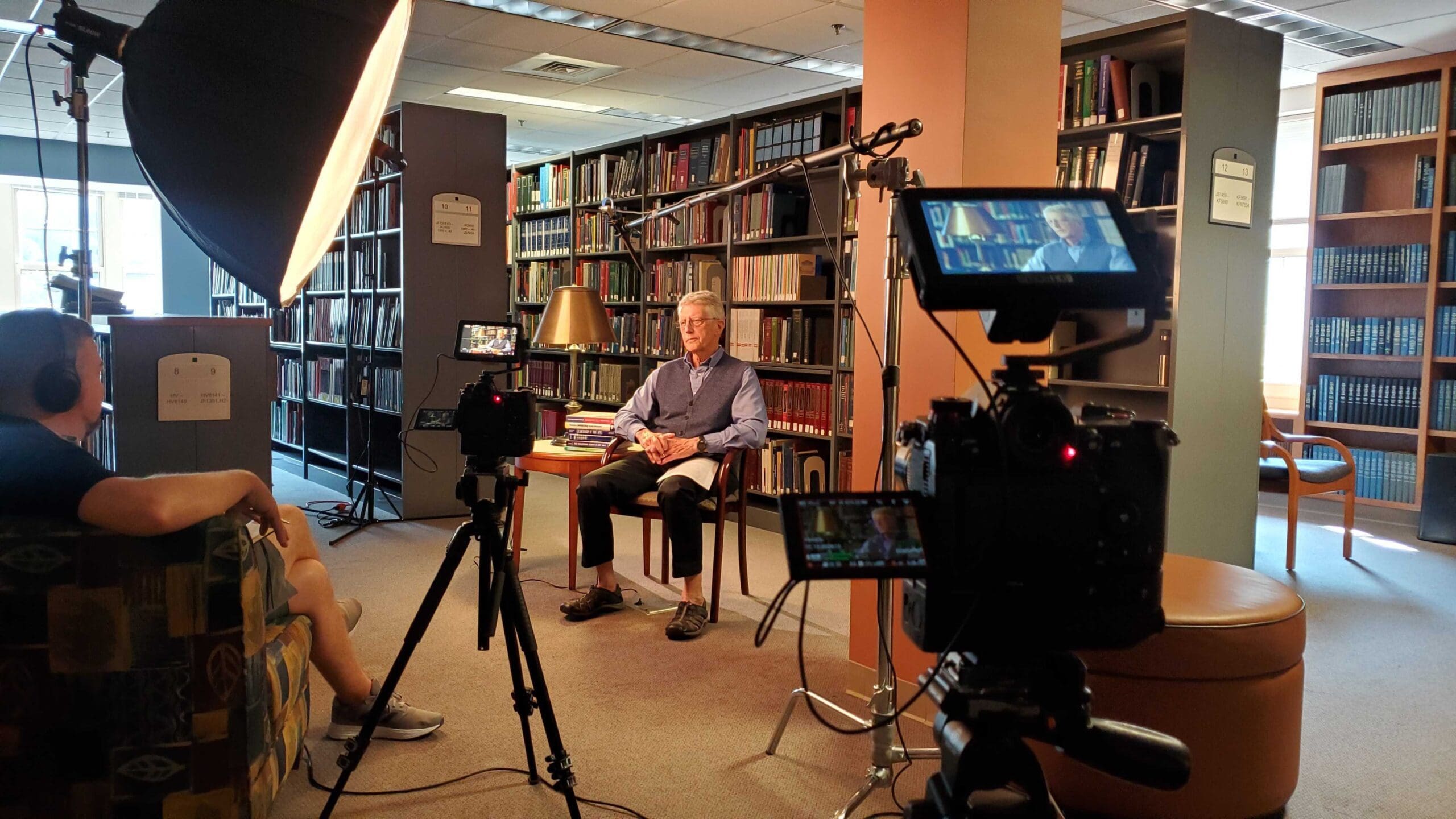
HumanEyes Vuze Camera
While there are a growing number of 360-degree cameras on the market, adding dimensionality to a spherical image requires merging more than two cameras into a single device—and doing so can be prohibitively expensive, complicated or both. Billed as an out-of-the-box 3D VR system, the Vuze aims to be the opposite. It uses eight full HD cameras to generate a 4K VR image in 3D. Footage is saved to an SD card and you can control the camera using a free smartphone app. Included Vuze Studio software automatically stitches the eight videos together in real time, so one minute of VR footage from the eight cameras takes about a minute to stitch. It can also stabilize video, correct for lens distortions, white balance and more. The final video is an H.264 file that can be viewed in any VR viewer or browser.
vuze.camera

Kodak SP360 4K
A single SP360 4K can take spherical video at up to 30 fps using a 12-megapixel sensor and an ultra-wide angle lens that captures 360 x 235 degrees. If you mount a second SP360 4K to it via an optional adapter, you can capture fully spherical (360 x 360) 4K video and stills. You can also stitch the two videos together using the company’s free PixPro Stitch software for PCs or Macs. The camera includes a bar mount and suction cup mount, plus protective lens covers and cleaning cloth. It’s shock- and splash-proof and has Wi-Fi.
kodakpixpro.com

Sphericam
The Sphericam uses six built-in cameras with a global shutter to capture completely synchronized, immersive video with no rolling shutter distortion. Unlike other compact VR cameras, the Sphericam can capture a 12-bit RAW video file that’s stitched in camera but still provides plenty of leeway for color grading. This RAW file is recorded in 4K at 30 fps. If you’re willing to do the stitching yourself, you can push the camera’s frame rates to 60 fps. You can use the camera’s USB-C port to live- stream VR footage to remote users and use Wi-Fi to control the Sphericam through a mobile device. It has an internal motion sensor to ensure your video is always properly oriented.
sphericam.com

Nikon KeyMission 360
With the KeyMission, Nikon not only has its first action camera, but its first virtual reality camera to boot. The KeyMission has a pair of image sensors and wide-angle lenses on either side of its shock-proof body. It can record 360-degree stills and 4K video with electronic Vibration Reduction technology on hand to keep footage steady. It is waterproof to a depth of 100 feet and has Wi-Fi and Bluetooth for remote control.
nikonusa.com

360fly 4K
The tiny 360fly 4K can bounce between full 360-degree videos (360 x 240 degrees, to be precise) and standard 16:9 format video depending on your needs. Since it’s recording through a single lens and sensor, there’s no need to stitch video after the fact. It’s dust- and shock-proof and has a 16-megapixel CMOS sensor. Footage is saved to 64GB of internal memory and there’s built-in GPS for geotagging footage, plus Wi-Fi and Bluetooth for remote control.
360fly.com
Related: The October Buyer’s Guide
Product Roundup: 11 Video Rigs and Sliders




